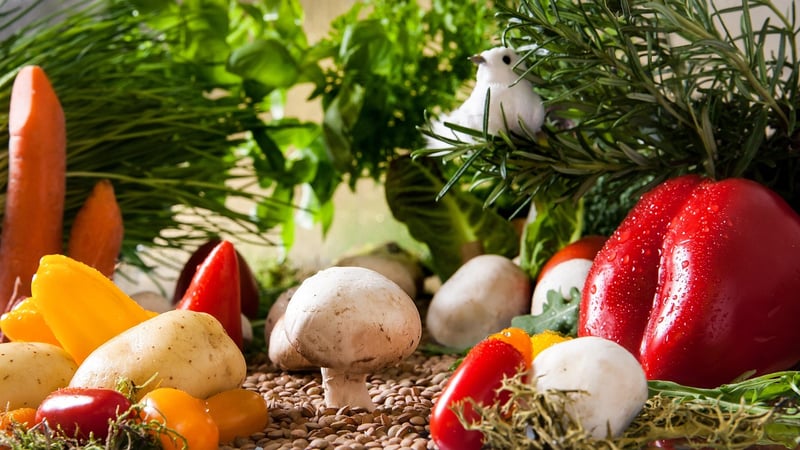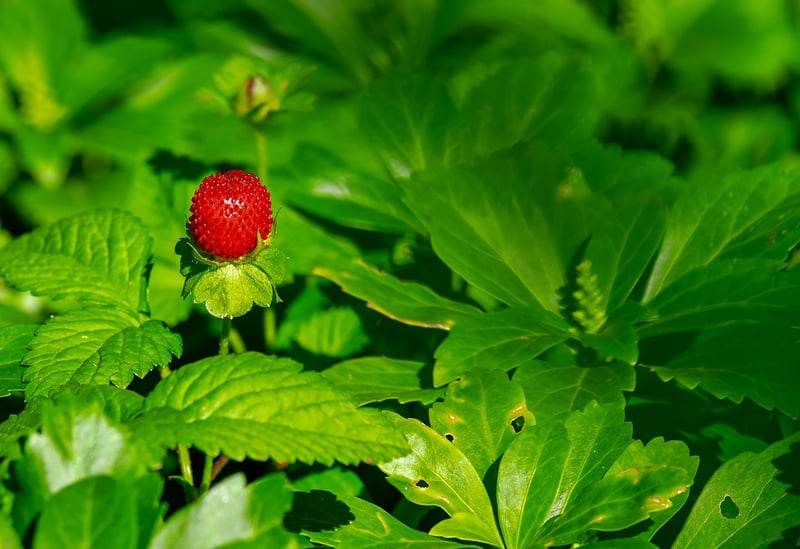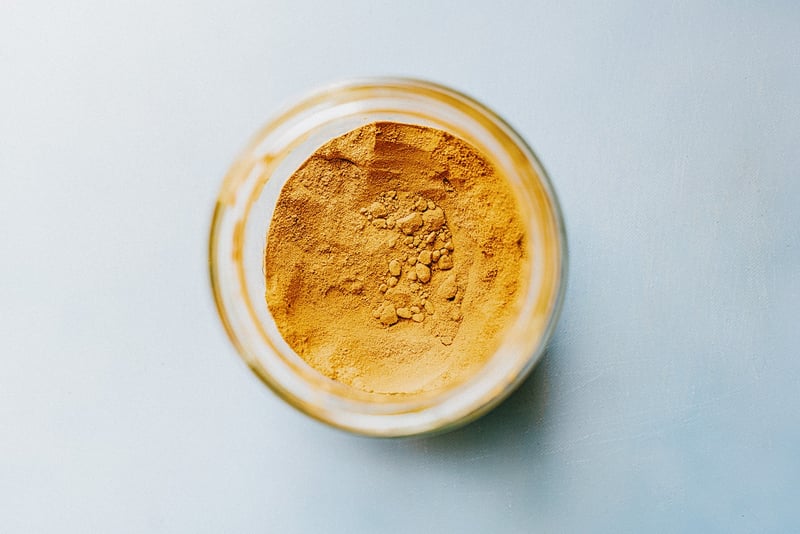Flavor Enhancements
Enhance Your Culinary Skills with Flavor Enhancements

Are you looking to take your cooking to the next level? One way to elevate your dishes is by mastering the art of flavor enhancements. Whether you are a seasoned chef or just starting in the kitchen, understanding how to use various flavor enhancers can make a significant difference in the taste of your meals.
Types of Flavor Enhancements:
1. Herbs and Spices
Herbs like basil, thyme, and rosemary, along with spices such as cumin, paprika, and cinnamon, can add depth and complexity to your dishes. Experiment with different combinations to find what works best for your recipes.
2. Citrus Zest
The zest of citrus fruits like lemons, limes, and oranges can bring a bright and refreshing flavor to both savory and sweet dishes. Be cautious not to include the bitter white pith when zesting.
3. Infused Oils and Vinegars
Infused oils and vinegars, such as garlic-infused olive oil or balsamic vinegar infused with berries, can add a unique twist to your salads, marinades, and dressings.
4. Aromatics
Ingredients like garlic, onions, shallots, and ginger are known as aromatics and form the flavor base of many dishes. Properly sautéing these can enhance the overall taste of your meals.
Tips for Using Flavor Enhancements:
- Start with small amounts and taste as you go to avoid overwhelming the dish.
- Consider the flavor profile of the dish and choose enhancements that complement it.
- Don't be afraid to experiment and try new combinations to discover unique flavors.
- Fresh ingredients often provide the best flavor, so use them whenever possible.
By incorporating these flavor enhancements into your cooking routine, you can create delicious and memorable dishes that will impress your family and friends. So, don't be afraid to get creative in the kitchen and explore the world of flavors!

